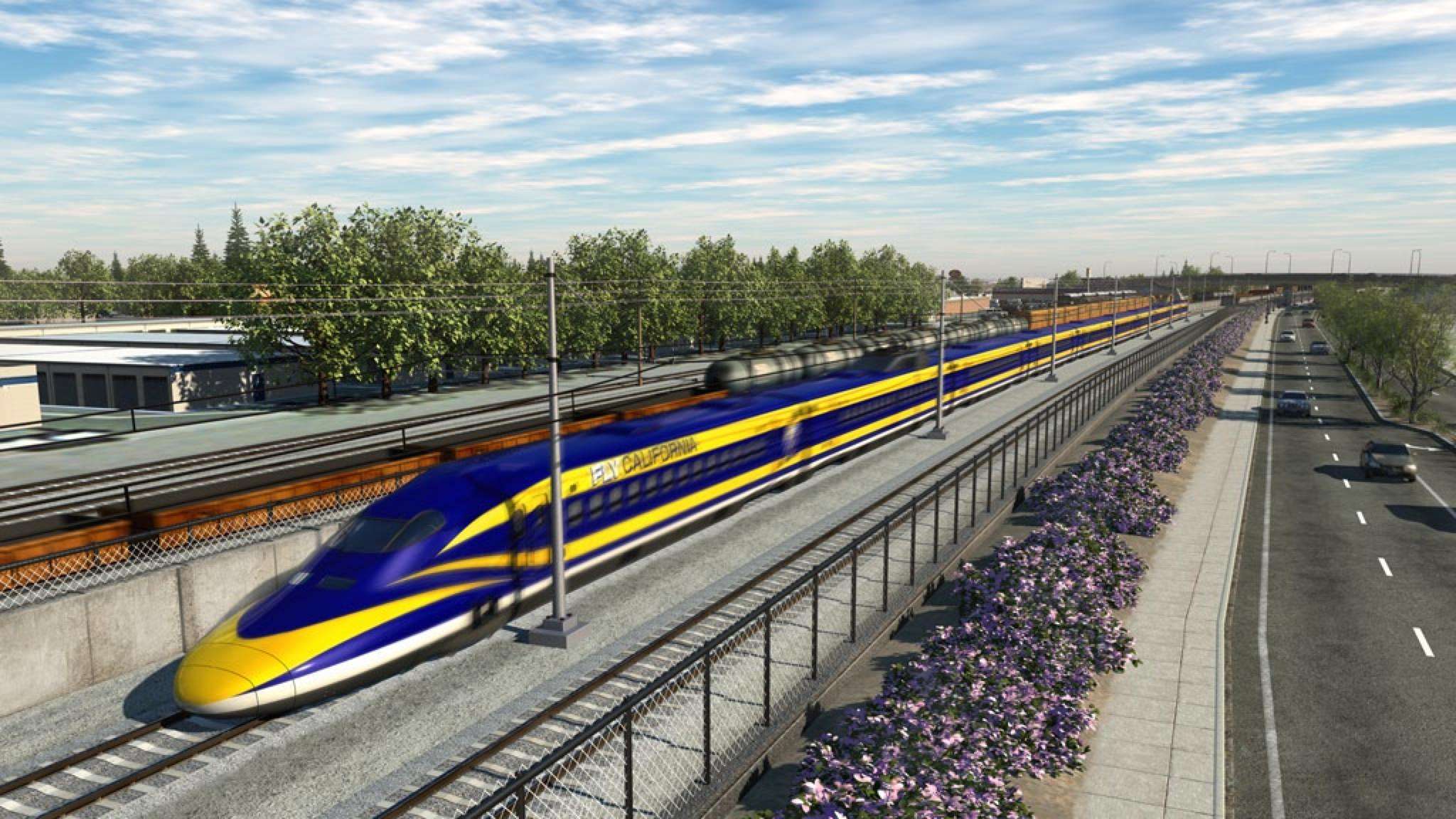California's Bullet Train: Underbudgeted, Underscheduled, and Underfunded, but Other Than That, Everything's Just Fine!
The bullet train mess is unspooling pretty much exactly how critics predicted.

As the California High-Speed Rail Authority (CHSRA) continues planning out community meetings about the massive bullet train system it is allegedly going to build someday, more and more evidence that its economic model is utter nonsense is piling up.
Over the weekend, the Los Angeles Times released a lengthy investigation showing that the massive $68 billion project is going to cost much more than estimated and that the state has underestimated the amount of time it will take to build it:
The California High-Speed Rail Authority hasn't yet chosen an exact route through the mountains. It also is behind schedule on land acquisition, financing and permit approvals, among other crucial tasks, and is facing multiple lawsuits. The first construction began in Fresno in July, 2 1/2 years behind the target the rail authority had set in early 2012.
A confidential 2013 report by the state's main project management contractor, New York-based Parsons Brinckerhoff, estimated that the cost of building the first phase from Burbank to Merced had risen 31% to $40 billion. And it projected that the cost of the entire project would rise at least 5%.
Parsons Brinckerhoff briefed state officials on the estimate in October 2013, according to the document obtained by The Times. But the state used a lower cost estimate when it issued its 2014 business plan four months later.
Jeff Morales, the rail authority chief executive, said he was not aware of the Parsons Brinckerhoff projection. A spokeswoman for the authority declined to discuss the differences in the estimates.
Research shows that other high-speed rail projects that have been built around the world end up being between 45 to 100 percent more than estimated. Experts believe that the state has seriously underestimated the challenges of carving the necessary tunnels through mountains it will need to create this network, particularly heading into southern California. After interviewing several experts about the state's geography, the story notes that CHSRA declined to make its own engineers available to discuss the challenges.
But wait, there's more! Guess which private interests have announced they're going to invest in this train project? That's right: Nobody. Nobody wants to risk a thin nickel of their own money on this deal, according to another Times story by the same reporter (Ralph Vartabedian). The CHSRA says a number of private investors have expressed interest, but they're not willing to commit any money.
Why? Because there's no actual evidence that the train is going to built past the first stage in the middle of the state. There is no additional state or federal funding on hand to complete the project. There is only $15 billion set aside (and none of it is private money) for this (likely more than) $68 billion project.
Vartabedian notes that interested investors wanted a guarantee of revenue from the state, when of course, the state can't even guarantee the thing is going to be built:
The companies that responded to the state solicitation left the door open to forming partnerships and making investments, but under terms that could be problematic for high-speed rail officials.
Rail authority Chairman Dan Richard said the companies generally want either a revenue guarantee or a record of financially successful operations. A state-backed operating revenue guarantee would be a "nonstarter" under voter-approved financial protections placed on the project, said Michael Rossi, a retired Bank of America vice chairman and a rail board financial expert.
"There is no proposal, there is no commitment to do anything" in the responses, Rossi said at a board meeting this week. "We need to be very, very careful."
Don't blame us for this eminently predictable disaster in the making. The Reason Foundation warned all the way back in 2008 that, among other things: cost overruns were likely, state and federal funding would not be sufficient to cover the costs of the project, the state would have to spend more money, and private investors would not be making up the difference. And that's exactly what is happening. Read more of those predictions here.




Show Comments (36)